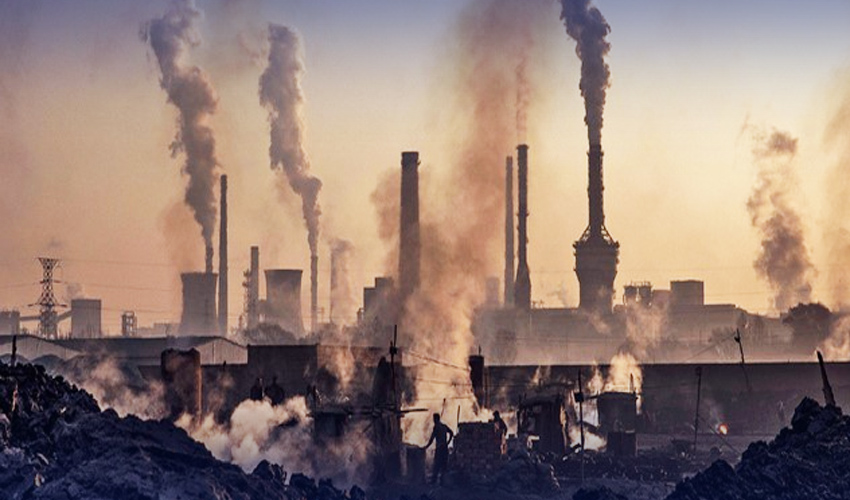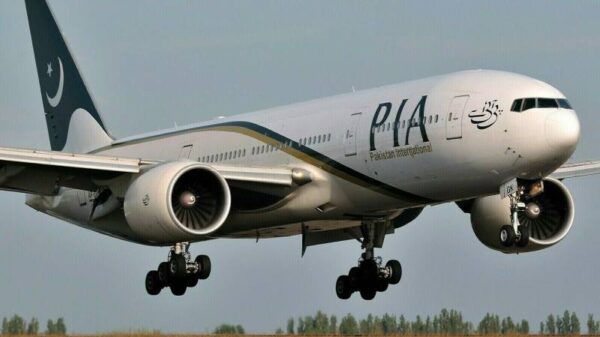Air pollution in Lahore has reached alarming levels, making it the most polluted city in Pakistan and the second most polluted in the world. According to international air monitors, the city’s air quality is currently 19 times more hazardous than the World Health Organization (WHO) guidelines.
The Air Quality Index (AQI) in Lahore has shown dangerously high levels throughout various areas, with an overall AQI recorded at 181. Defense Phase 3 Walton ranks highest with an AQI of 292, followed by Defense Phase 8 and its surroundings at 248, and Ferozepur Road and Gulberg at 233. The Cantonment area has an AQI of 197, while The Mall Road and nearby regions are at 186.
Medical experts are urging residents to take precautions when outdoors, especially as the smog season has already begun. Recommendations include wearing masks and protective goggles, as harmful airborne chemicals are expected to persist in the atmosphere throughout October and November.
In response, Lahore Deputy Commissioner Musa Raza stated that this year’s air quality index has improved due to proactive pre-smog operations compared to last year. He mentioned that preparations for artificial rain have been completed in collaboration with the Pakistan Army if conditions worsen.
Raza also highlighted that 80 choking points have been identified across the city to monitor and address encroachments that contribute to dust and pollution. The Regional Transport Authority has intensified actions against vehicles emitting smoke, and zig-zag technology is being implemented in brick kilns to reduce emissions.
Additionally, authorities are cracking down on the burning of crop residues, a significant contributor to smog, with strict actions being taken against violators. Environmental experts warn that smog is likely to worsen in October and November, as these months are particularly conducive to the accumulation of hazardous chemicals in the air, raising health concerns for residents.










